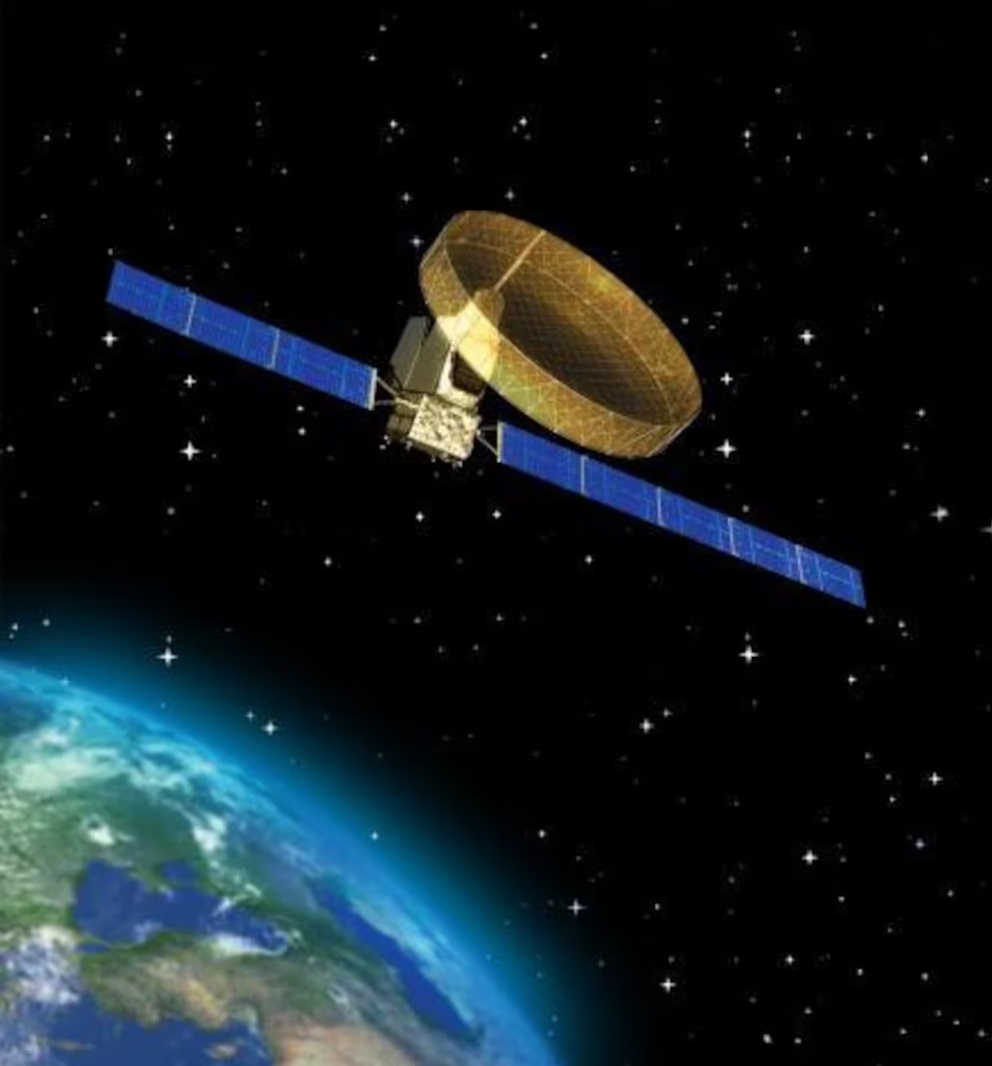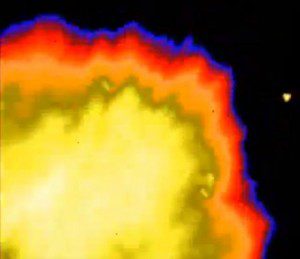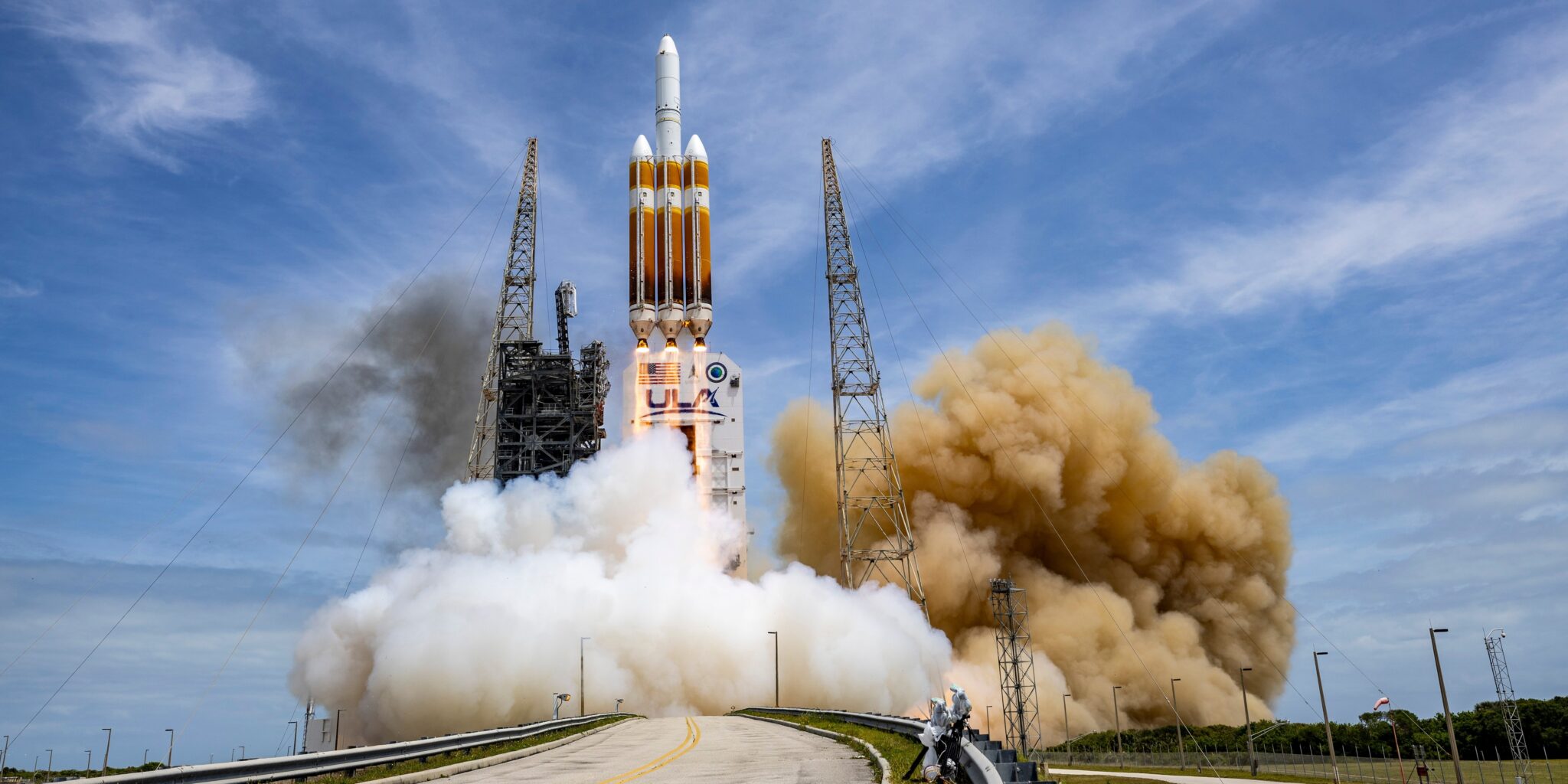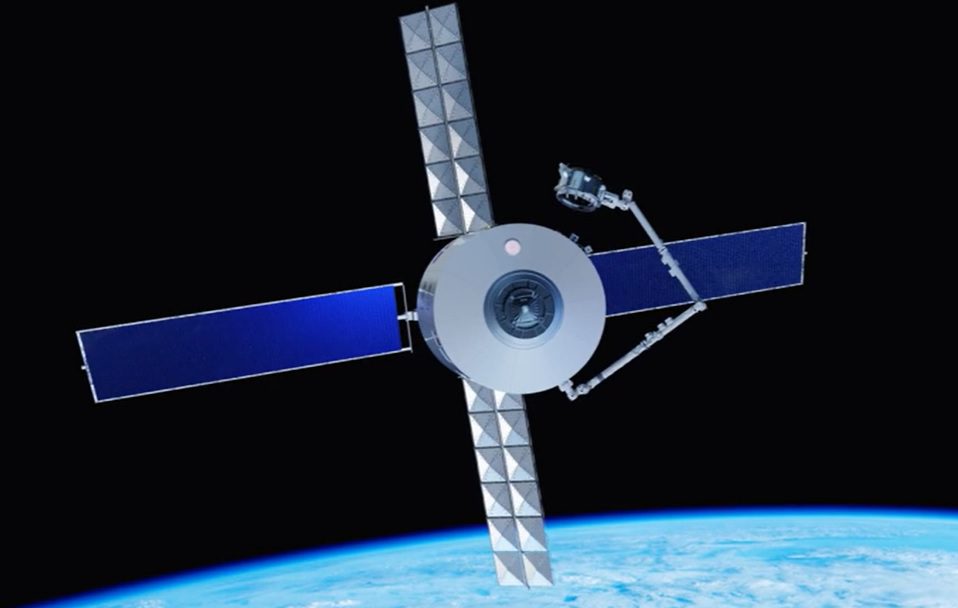credit: NASA
Find in the extended section of this blog post my notes from reading through NASA’s Ares V cargo launch vehicle procurement documentation. The notes are the over matter from the news analysis I wrote this week and the supporting timeline and CaLV point of departure design specification
Over the four days that it loiters the Earth departure stage (EDS)/Altair Lunar lander stack will degrade to its trans-lunar injection (TLI) altitude of 185km
The total TLI mass combining EDS, Altair and Orion is 66,900kg (147,180lb). For cargo missions the robotic Altair lander will have a mass of 53,600kg, 8,600kg more than the crewed lander
“The Saturn V TLI payload capability was [48,600kg] for the Apollo 17 mission”,” NASA states in its pre-Phase study report
NASA examined Saturn, Shuttle and EELV development and testing in planning Ares V’s development and testing
CaLV had had baselined the Ares I solid rocket motor (SRM), which saw changes over the Shuttle motor including an additional 1.5 segments, a widened throat, lowered burn rates with a modified polybutadiene acrylonitrile (PBAN) fuel and toxic insulation and liner material removal
The pre-Phase study report reveals that if Ares V had had an additional “third-stage” it could have conducted the Lunar Orbit Insertion burn, not the Altair which could have then been reduced in size. However there was no substantial benefit in reducing Altair so the third-stage was dropped, as well as it being a huge extra cost to develop
NASA states that it has the goals of heritage hardware and commonality. At the moment only the J-2X and Ares V’s first-stage is common with Ares I. From what I can see that will be reduced to just the J-2X if Ares V requires an improved first-stage booster and if it does not adopt common avionics with CLV, Altair and Orion
An Ares I lesson learned was to include computatonal fluid dynamics and wind tunnel data as early as possible into the Design Analysis Cycle (DAC)
The EDS’ liquid oxygen (LOX) tank has slosh and vortex baffles and needs cryogenic fluid management technologies to preserve propellant on orbit.
The EDS’ avionics are in the forward skirt and they control the entire flight. The core’s avionics are in its forward skirt
The EDS provides 1.5kW of power to Altair from launch to TLI burn. The EDS’ fuel cells are contained in the loiter skirt that is jettisoned just before TLI burn
The composite interstage, between the core and EDS, has a pyrotechnic separartion ring at its forward end near to the loiter skirt
There are retro rockets around the circumference of the core’s forward skirt for EDS, core separation
The Ares V SRM exit nozzle is 86cm longer than the Shuttle SRM nozzle and has an exit diameter of 440cm
NASA’s 9 July Ares V request for information’s timetable shows the first DAC starting next year and preliminary design reviews (PDR) and critical design reviews (CDR) in 2012 and 2013. The pre-Phase study has the PDR occuring later in 2013 and the CDR in 2016
The EDS MPTA is a full-scale flight design stage with a production J-2X








